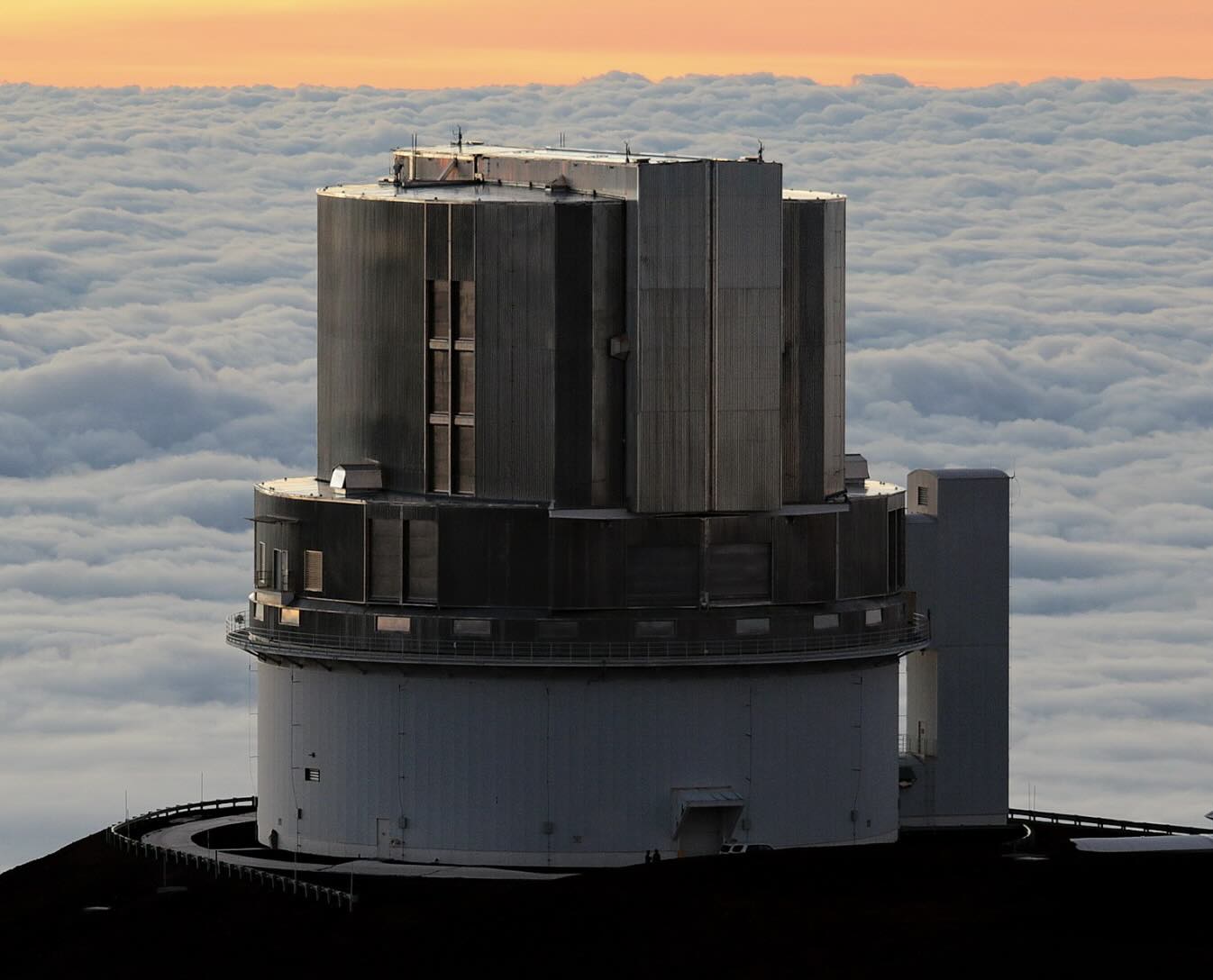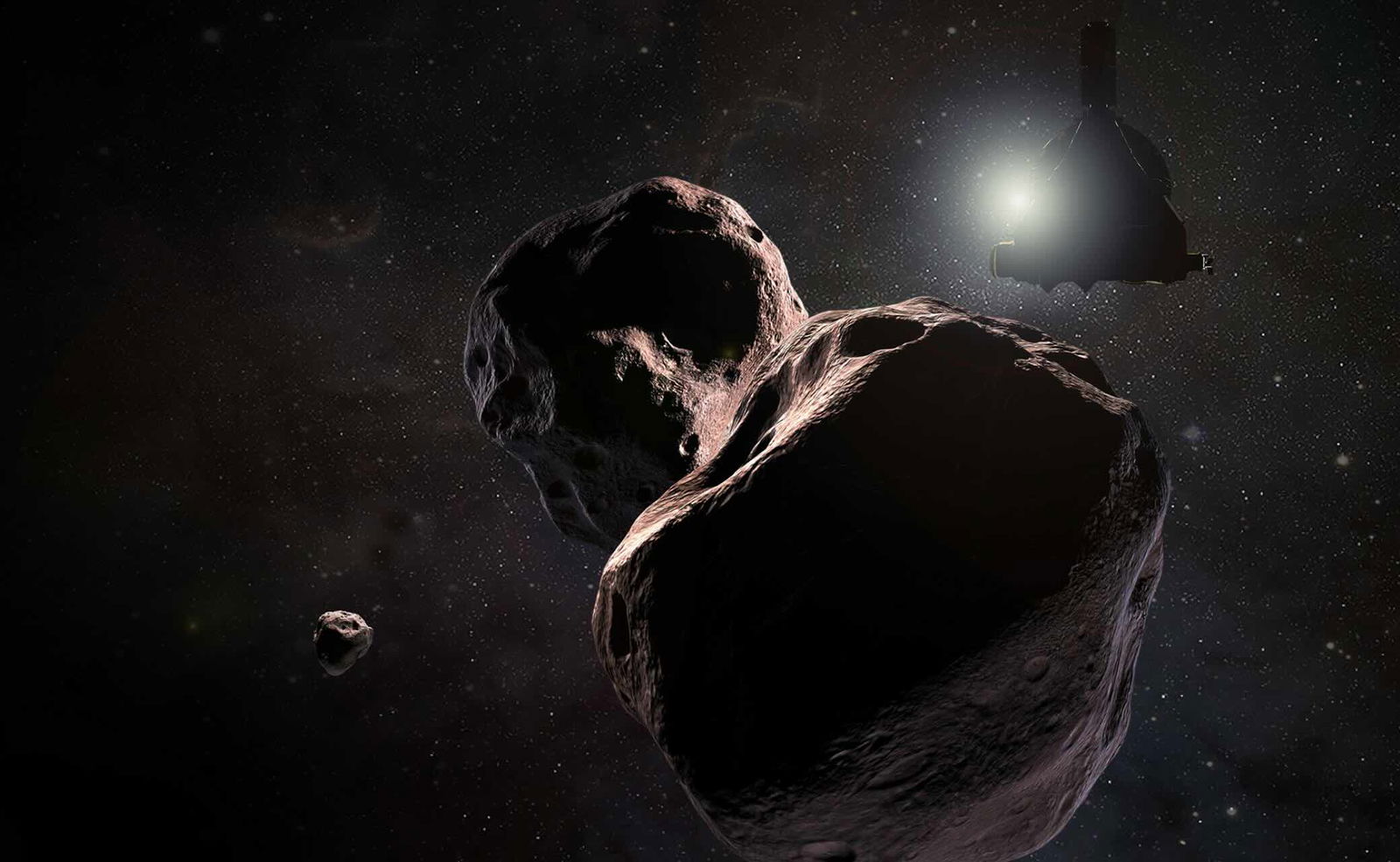Astronomers say they have discovered mysterious objects in a region beyond the known Kuiper Belt, which could point to a complex structure at the fringes of our Solar System.
The discovery, made possible through observations by the Subaru Telescope, could fundamentally transform our understanding of the processes behind planetary formation and may even have implications for the ongoing search for alien life.
Detected in a region where few objects are expected to be found, the new findings could present the first indication of a much larger series of previously undetected objects at the outer reaches of our Solar System.
Additionally, the new findings could have important implications for our knowledge of how planets like Earth formed, and for distant planetary systems that were once deemed to be much different from ours. This could potentially raise the chances for the existence of life in areas of our universe that were once thought to be too unlike Earth and its surrounding planetary neighborhood.
An Unexpected Discovery at the Edge of the Solar System
In a research effort that complements the mission of NASA’s New Horizons spacecraft, whose mission to explore the Kuiper Belt was extended last September, the Hawaii-based Subaru Telescope, operated by the National Astronomical Observatory of Japan, has conducted additional observations of the outer Solar System.


Primarily, the Subaru Telescope has been searching for new or otherwise interesting Kuiper Belt Objects (KBOs) that New Horizons may be able to observe at close range as it makes its way toward the edge of the region of the Solar System beyond Neptune’s orbit. With almost two decades of observations behind it, the Subaru Telescope has already helped identify close to 263 KBOs. However, just a fraction of these exist beyond the currently known edge of the Kuiper Belt.
Despite this, astronomers have been aware of growing evidence that has accumulated over the years, pointing to the possibility of objects that exist in this farthest region. Now, with the help of the Subaru Telescope’s recent findings, eleven newly discovered objects have been confirmed by astronomers, indicating what may be an entirely new class of objects.
“This is a groundbreaking discovery revealing something unexpected, new, and exciting in the distant reaches of the Solar System,” said New Horizons mission Principal Investigator Dr. Alan Stern in a statement. Stern added that the discovery “probably would not have been possible without the world-class capabilities of Subaru Telescope.”
The orbits of these mysterious new objects appear to form an outer ring separated from the known Kuiper belt by a significant gap in space, one that remains absent from any similar detections of objects this far out in the Solar System.
A Significant Gap is Revealed
Intriguingly, astronomers have observed similar “gaps” elsewhere, primarily on the outer reaches of far-distant planetary systems, during past observations made by the Atacama Large Millimeter/Submillimeter Array (ALMA) radio telescope array in Chile.
“If this is confirmed, it would be a major discovery,” said Dr. Fumi Yoshida, an astronomer affiliated with Chiba Institute of Technology’s Planetary Exploration Research Center. “The primordial solar nebula was much larger than previously thought, and this may have implications for studying the planet formation process in our Solar System.”
The new findings point to another interesting possibility: that like other planetary systems, ours may not only possess discernible gap structures but may also be larger than expected, a reality that may have been shielded from discovery by past expectations.
“Our Solar System’s Kuiper Belt long appeared to be very small in comparison with many other planetary systems, but our results suggest that idea might just have arisen due to an observational bias,” said Dr. Wes Fraser, the co-investigator on the New Horizons mission science team and the lead author of a study detailing the new findings.
Fraser adds that if this observation is confirmed, “our Kuiper Belt isn’t all that small and unusual after all compared to those around other stars.”
New Implications for the Discovery of Alien Life
The team’s new findings also raise intriguing possibilities regarding the prospects for life’s existence beyond Earth. Specifically, the new findings help lift some of the prevailing biases about our own solar system that have dominated for decades.
Suppose our Solar System is more similar in appearance to others that astronomers observe. In that case, some of the current constraints astronomers have placed on the likelihood of life existing in those distant locales could be lifted.
Going forward, astronomers can likely expect to discover more evidence of objects at the outer edges of the Solar System, which will corroborate the Subaru Telescope findings and further push the boundaries of not only our knowledge about the Solar System but also its size.
The team’s findings are detailed in a recent paper, “Approaches to Detecting Kuiper Belt Objects for NASA’s New Horizons Extended Mission: Digging Into the Noise,” which appeared in The Planetary Journal.
Micah Hanks is the Editor-in-Chief and Co-Founder of The Debrief. He can be reached by email at micah@thedebrief.org. Follow his work at micahhanks.com and on X: @MicahHanks.

